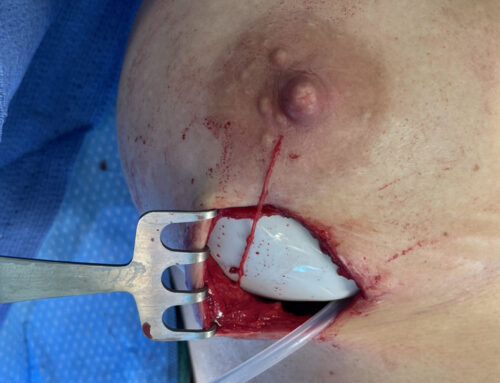The covering of muscles in humans is called fascia (pronounced fah-sha). It consists of a very tough, fibrous layer of connective tissue that surrounds the muscle itself. What does that even mean, Dr. Peled?!? Well, if you have ever skinned a breast of chicken in preparation for dinner, you know that sometimes there is this tough layer of sinew that has to be cut away so that you can see the breast meat (i.e., muscle) itself. That is an example of fascia. Another way to think of fascia is like a Tyvek envelope – you know, those thin fiber envelopes that you can put a 50 pound brick into and shake around without ripping. That is how tough fascia can be. So, what does any of this have to do with chronic headaches, you might ask?
Well, some of the described compression points for the greater occipital nerve, a primary nerve often damaged in patients suffering from occipital neuralgia, are compression points involving fascia. Specifically, for example, the superficial and deep fascia of the trapezius muscles. During the operation, if the small openings within these facial layers through which nerves normally pass are too small, the fascia is released to allow more room for the nerves to glide.
Interestingly, a study published in January of this year formally described for the first time what a lot of us headache surgeons have noted anecdotally for many years. Namely, that the fascia of the trapezius appears to be thickened in patients suffering from occipital neuralgia. In this study, intraoperative anatomy was analyzed in 92 patients undergoing surgical intervention for occipital neuralgia. What the authors found was that the fascia of the trapezius appeared thickened, scarred and swollen. These changes were often associated with compression of the greater occipital nerve. I have often said to patients following their operations that it appeared as if they had previously had an operation in the neck area even though they had not because certain tissue layers appeared scarred. The authors of this study also hypothesized that overuse/microtrauma or previous trauma (e.g., a whiplash injury) could have contributed to the structural abnormalities observed which were similar to tissue pathologies often seen in patients suffering from common nerve compression conditions like carpal tunnel syndrome.
As you might imagine, thickened fascia also would make it harder for the nerve itself to glide smoothly during normal head and neck movements. Using the Tyvek envelope analogy, if the envelope were thin, it would be more pliable and could be crumpled up into a ball. If the envelope thickness were greater and just as tough, it would be much more difficult to manipulate. If you think of normal nerves as having the consistency of wet noodles, you can imagine that a thickened fascia could easily compress or kink a nerve during movement. Therefore, when it comes to headache surgery, muscle, blood vessels as well as connective tissues like fascia can all be culprits in nerve compression.
Find out more about treating your migraine symptoms by contacting us HERE.




